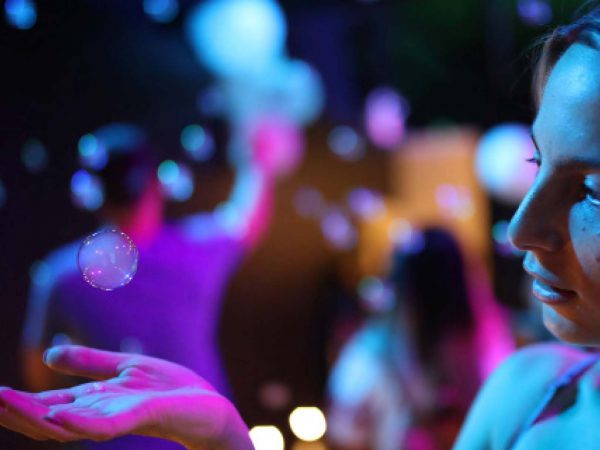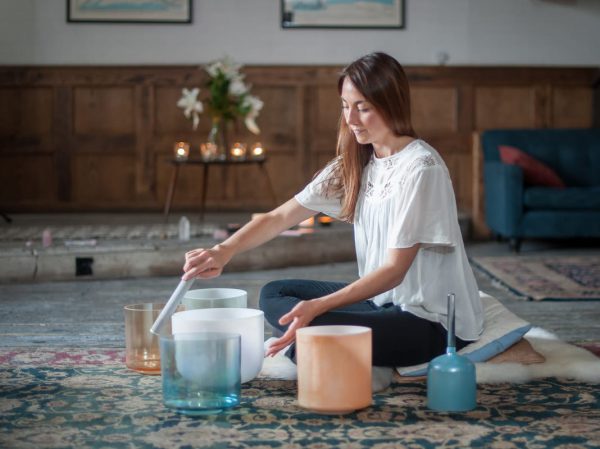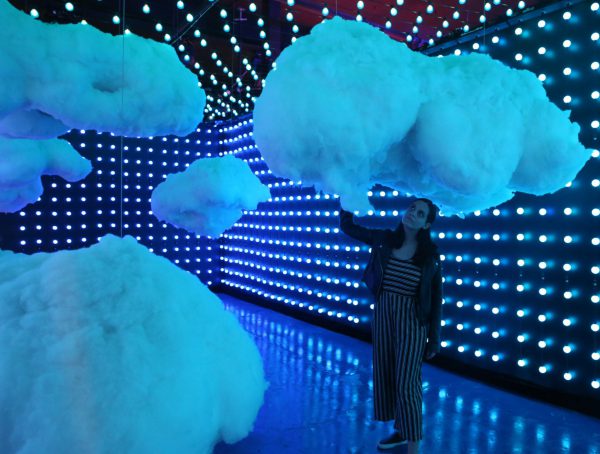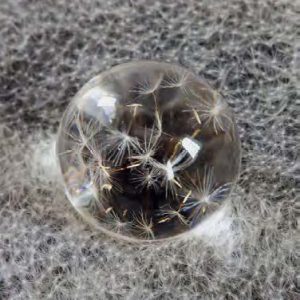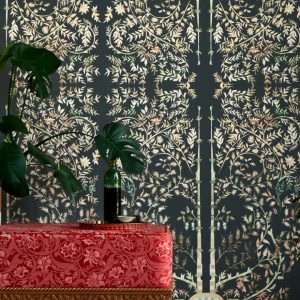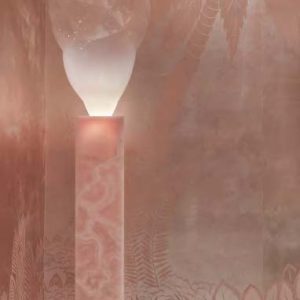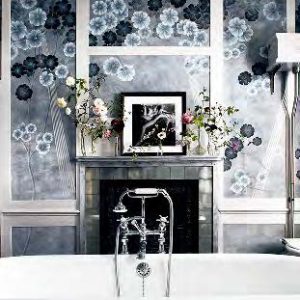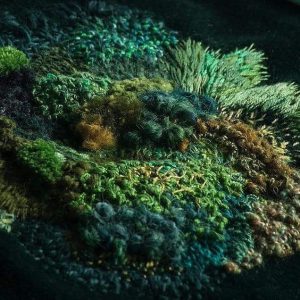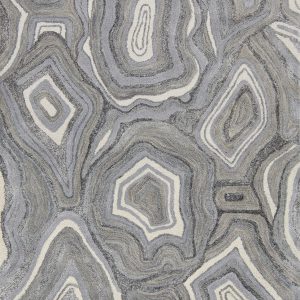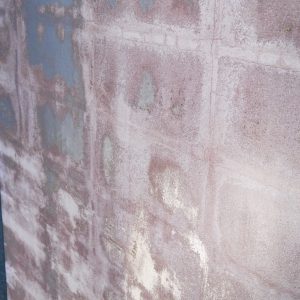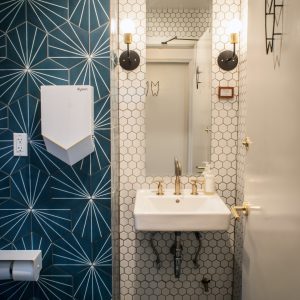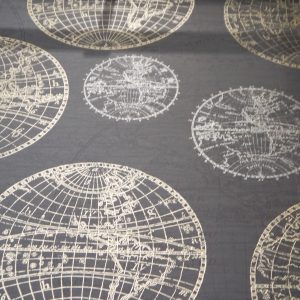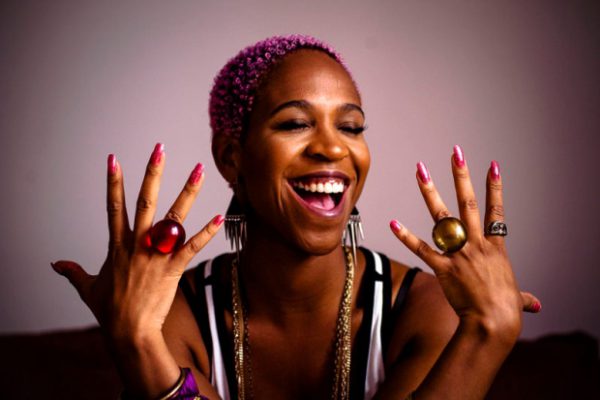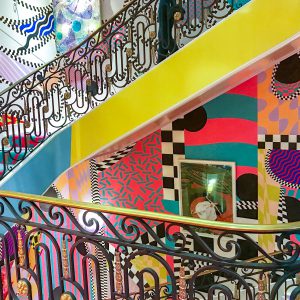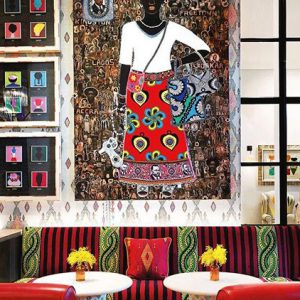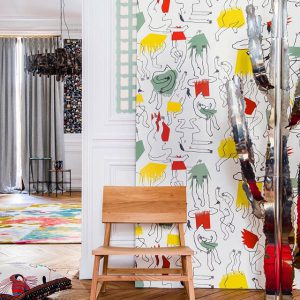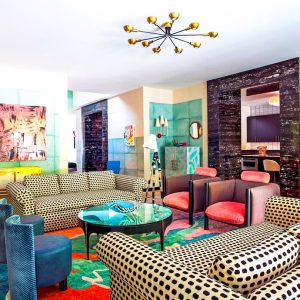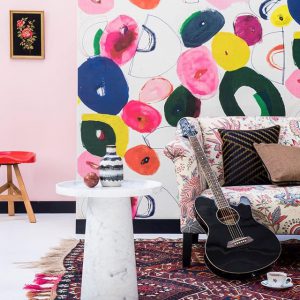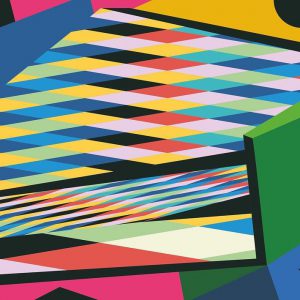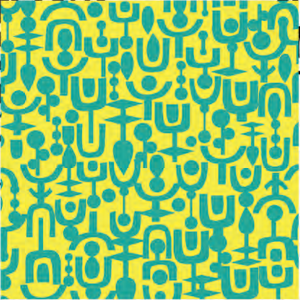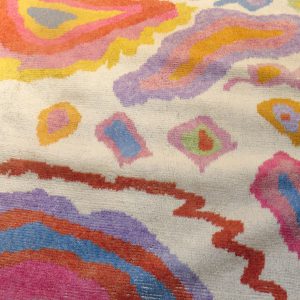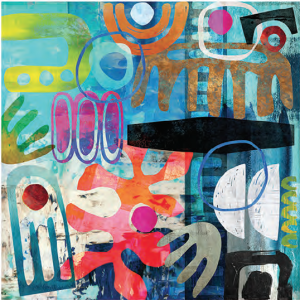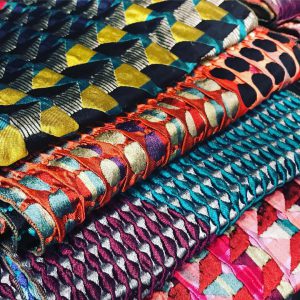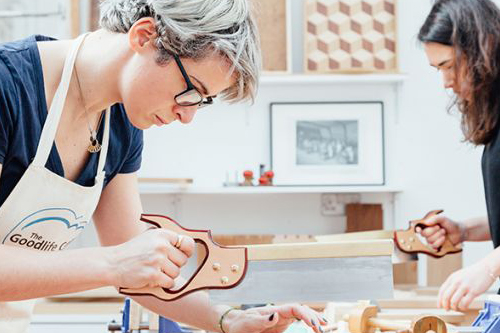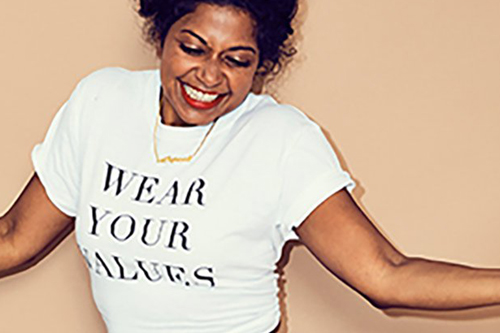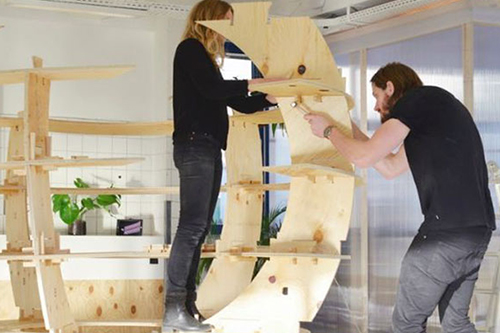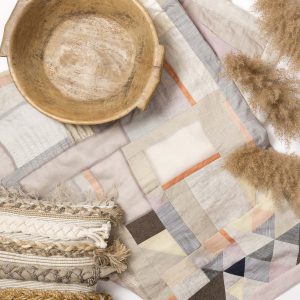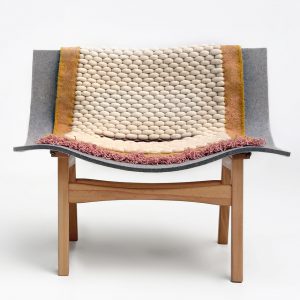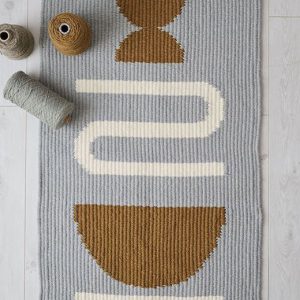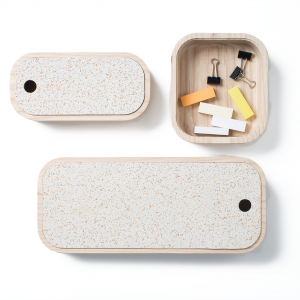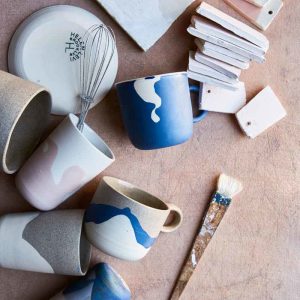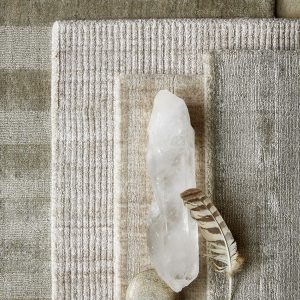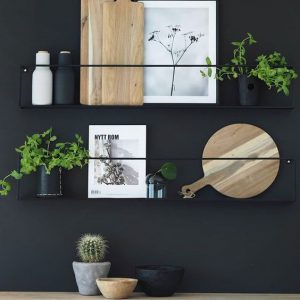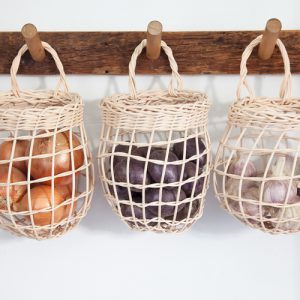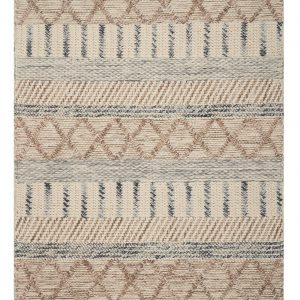Lifestyle & Interiors Update: Insights, Trends & Key Takeaways
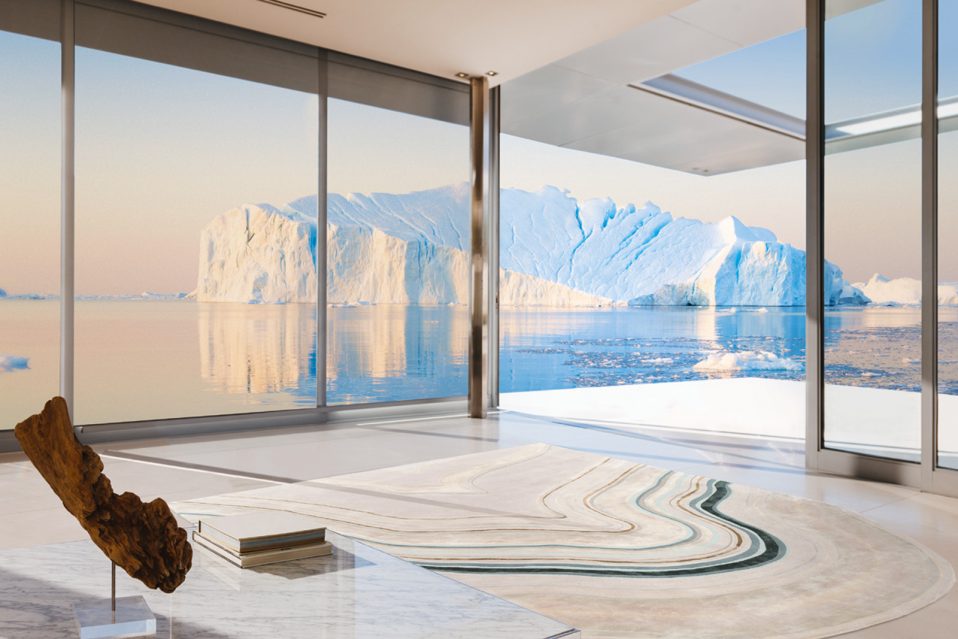
This season, Jewel Branding & Licensing had the pleasure of leading a seminar at High Point Market that explored how the interiors and lifestyle markets are changing, and we offered some key insights into the trends that are emerging as a result of those changes. If you missed us, here are the important takeaways.
U.S Consumer Trends Impacting the Home
Economic and demographic factors inevitably influence the state of the U.S. consumer market. In recent years, we’ve watched buyer lifestyle preferences adapt to changes in the country’s fiscal and social climates.
Economic Trends
- Stagnant incomes
- Volatile stock market
- Rising interest rates
- Record household debt
Stationery paychecks, skyrocketing education costs, increasing interest rates, and unresolved economic anxiety have consumers viewing budgets through a new lens. While the post-recession consumer market has seemingly recovered, purchases in the home category are catering to new household demands. Compared with rates from a decade ago, the average size of a new home today is smaller, first-home buyers are renting for longer periods of time, and existing homes are adapting to fit multiple family generations: children are returning home after college, grandparents are moving in to share home loan costs, and once-standard rooms are being multi-purposed to conserve space.
Demographic Trends
- Evolving demographic makeup
- Changing cultural attitudes
- Rise of Millennials and Generation Z
The rise of globalism and an increasingly multi-cultural U.S. population are undeniably influencing buyer lifestyle preferences. Shifts in cultural acceptance are resulting in a preference for design that celebrates difference, individuality, and multi-cultural lifestyles. Reactions to rising nationalist attitudes across the world are further fueling this change in U.S. consumer behavior, especially in millennial and generation z buyer markets.
Lifestyle Trends
- Wellness
- Minimalism and de-cluttering
- Climate change anxiety
- Technology
With the web and social media now making news and communication nearly inseparable from everyday life, consumers are seeking ways to distance themselves from the constant onslaught of information. Lifestyle choices that embrace balancing the mind and mood have given rise to a growing consumer interest in wellness, mindfulness, and nesting, where the home is no longer just a place, but a feeling of safety, inspiration, and relaxation. At the same time, anxiety about the environment’s decline is encouraging Millenial and Gen Z customers to re-prioritize their buying habits.
Emerging Design Trend: Mood Makers
In a time of perpetual change, consumers are constantly moving back and forth between tracking their personal data, social media and the news, to wanting to opt out entirely.
In reaction, consumers are looking for new ways to ground themselves in the now, filling their lives with experiences and objects that inspire physically, emotionally, and spiritually.
Design focuses on creating mood-making moments. Interiors seek to calm, stimulate and energize through the use of color, texture, light and shape.
Trend Insight
- Woodland florals and dense foliage references bring nature indoors
- Raw mineral and metal looks create a precious yet highly textural and organic feel
- The movement and natural light play of frost, ice, water, and vapor influence patterns
- Crystal-like formations that mimic refracted light lead to patterns with prism and facet shapes
- Spirituality and mysticism inspire designs that reference the cosmos and its mysteries
Emerging Design Trend: Creative Empowerment
As the consumer demographic makeup continues to diversify, emphasis on identity, self-expression, and self-esteem encourage experimentation and creativity in design.
Consumers are looking outside of the box by engaging in joyful experiences, hyper-creativity and self-celebration. Designs are imaginative and playful, with a focus on joy and pleasure. Remixed traditional aesthetics have celebratory glitz and color is central, bringing positivity to products and spaces.
Trend Insight
- A sense of “more-is-more” influences bold compositions that are dense yet organized and layered
- Indigenous designs from around the world are merged, bold patterns are juxtaposed, but not jarring
- Eclectic compositions and aesthetics have a kitsch quality, but feel fresh and playful rather than dated
- Primary colors in grids, geos, splatters, and terrazzos add vibrancy to spaces and designs
Emerging Design Trend: Stories, Not Stuff
Idle incomes, excess waste, and concern for the environment are giving rise to a consumer who seeks minimalist living, quality materials, and sustainable systems.
These consumers are seeking “stories, not stuff,” investing in quality products with inspiring origins, elevated simplicity, and roots in craft and tradition.
Trend Insight
- Simplicity and functionality are key
- Woods and upholstery are left untreated or come with minimal finishes, textures and patterns
- Refined aesthetics balance uneven, unprocessed, and untreated surfaces
- Natural textures and woven techniques create pattern where surface design is minimal
- Warp and weft constructions are intricate and dense with multiple layers and shaded colors
- Cork and bamboo are important materials for delivering a sustainable story
Jewel Branding & Licensing works with the world’s leading trend forecasters to provide our clients with valuable insight into trends in retail. Learn more about our full suite of Creative Services, or contact us to see how we can help your business increase consumer engagement through on-trend design.

